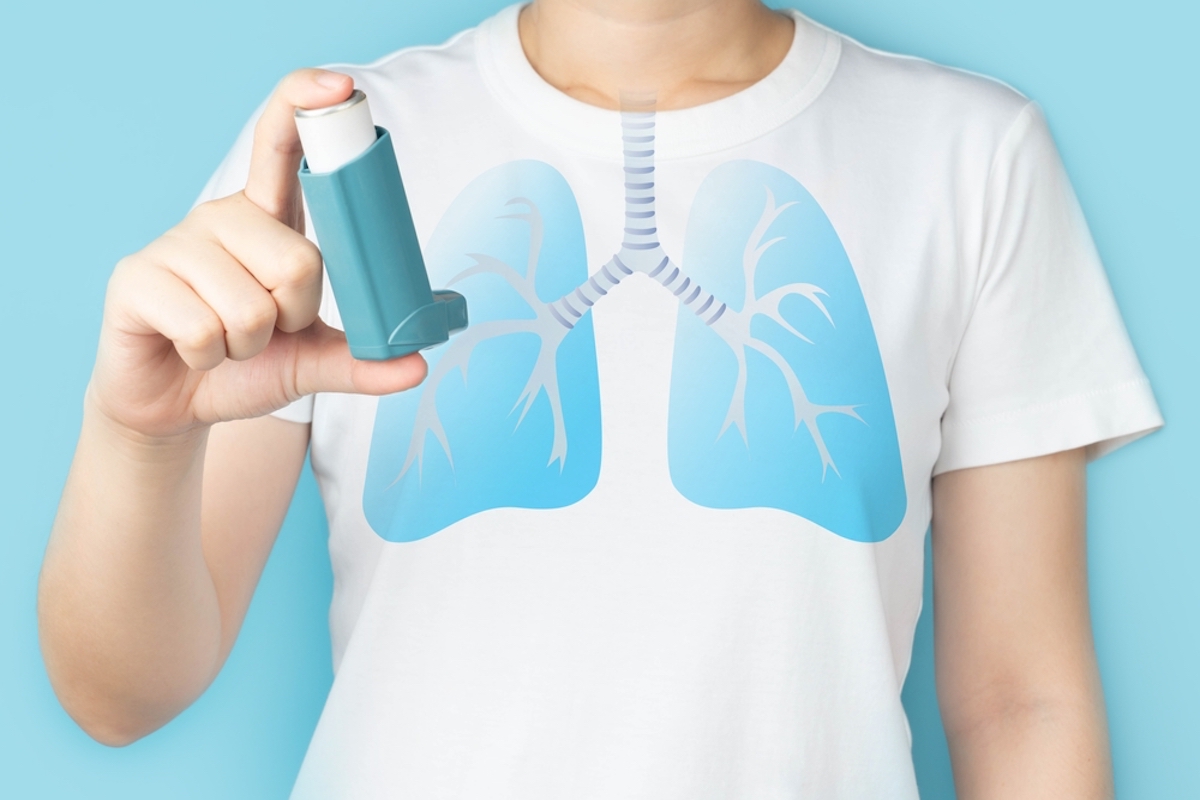Over time, the symptoms get worse, and it becomes increasingly difficult to breathe. COPD patients have an increased risk of developing serious complications, like heart diseases, pulmonary hypertension (high blood pressure in the lung arteries), depression, respiratory infections, and lung cancer. This sounds scary, but COPD is treatable. This is the way it’s important to recognize the symptoms (as soon as possible) and contact your professional healthcare provider. Treating the symptoms will help you breathe a lot better again.

How to Recognize COPD
Chronic obstructive pulmonary disease gets worse over time, the disease can therefore be divided into 3 different stages. How fast someone progresses between stages varies. The stages are:
- Mild COPD; early warning signs
- Moderate to severe COPD; symptoms throughout the day and increased risk of respiratory infections, such as pneumonia
- Very Severe; symptoms are too severe to move around without oxygen tank
Symptoms someone may experience during these stages include:
- Shortness of breath; gets worse per stage
- Wheezing
- Chest tightness
- Chronic cough, where you cough up foul mucus
- Frequent lung infections, like bronchitis and pneumonia
- Lack of energy
- Unintended weight loss
- Edema in the lower extremities
Treatment Options for Chronic Obstructive Pulmonary Disease
If you recognize these symptoms in yourself or your loved one(s), make sure to visit your professional healthcare provider. He or she will start to examine your symptoms, via a physical exam, checking your medical history, and taking tests, like pulse oximetry, ABGs, ECG or EKG, or an X-ray/CT scan. Once the diagnosis of COPD is made, your healthcare provider will set up a treatment plan. This can include the following options:
- Bronchodilators, to help you breathe easier
- Anti-inflammatory medications, to lower the inflammation in the lungs
- Supplemental oxygen, to help you breathe easier
- Antibiotics, to treat or prevent other lung infections
- Rehabilitation, like fitness, to improve lung-strength
- Anticholinergics, to help you breathe easier
- Leukotriene modifiers, to help you breathe easier
- Expectorants, to thin mucus
- Antihistamines, to relieve COPD symptoms
- Antivirals, to treat or prevent other illnesses
- Quit smoking
Quitting smoking or never smoking, truly is the best way to prevent the development of COPD later in life. However, quitting smoking can be challenging. That’s why seeking assistance is a wise decision if you’re planning to quit. To learn more about quitting smoking and available treatments for COPD, begin your online search here:

